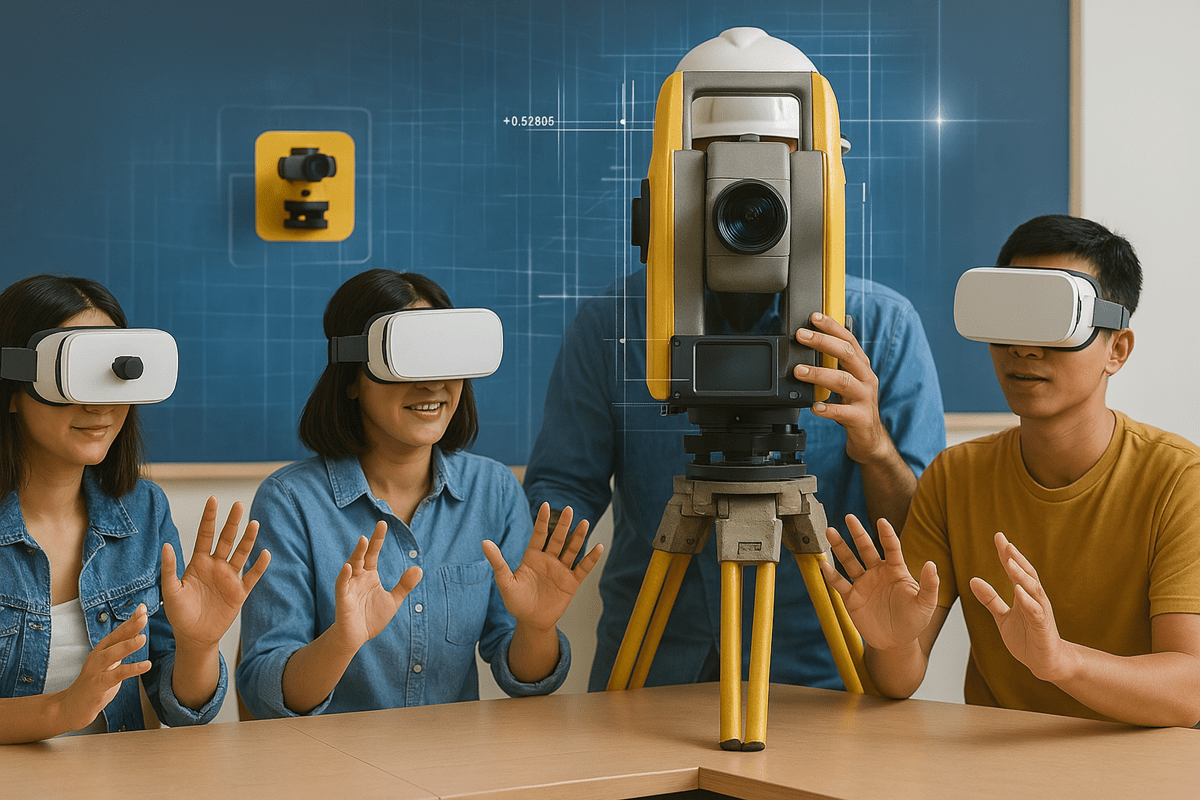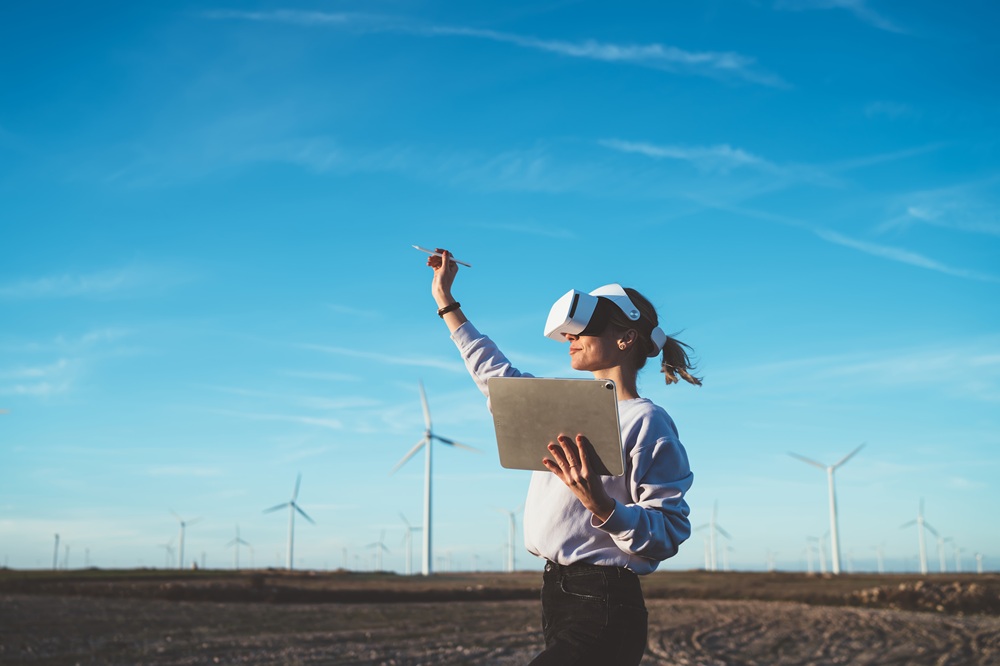Solar Energy Tour: A VR Journey Through Photovoltaic Power Plants
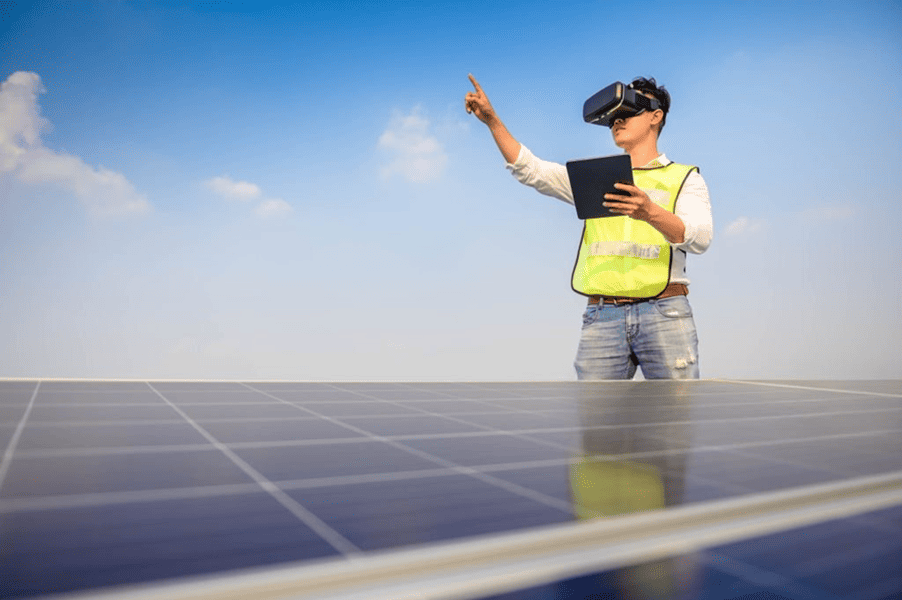
Solar energy is no longer a future concept - it is a reality and shaping the world today. From university classrooms to professional engineering labs, the growing fascination with renewable energy has sparked unique educational opportunities.
One such groundbreaking innovation is the solar energy tour, where students and academicians can virtually explore solar power plants.
This blog takes you on a journey through the transformative experience of a virtual solar plant tour, explaining why they are a game-changer for renewable energy education.
What is a Solar Energy Tour?
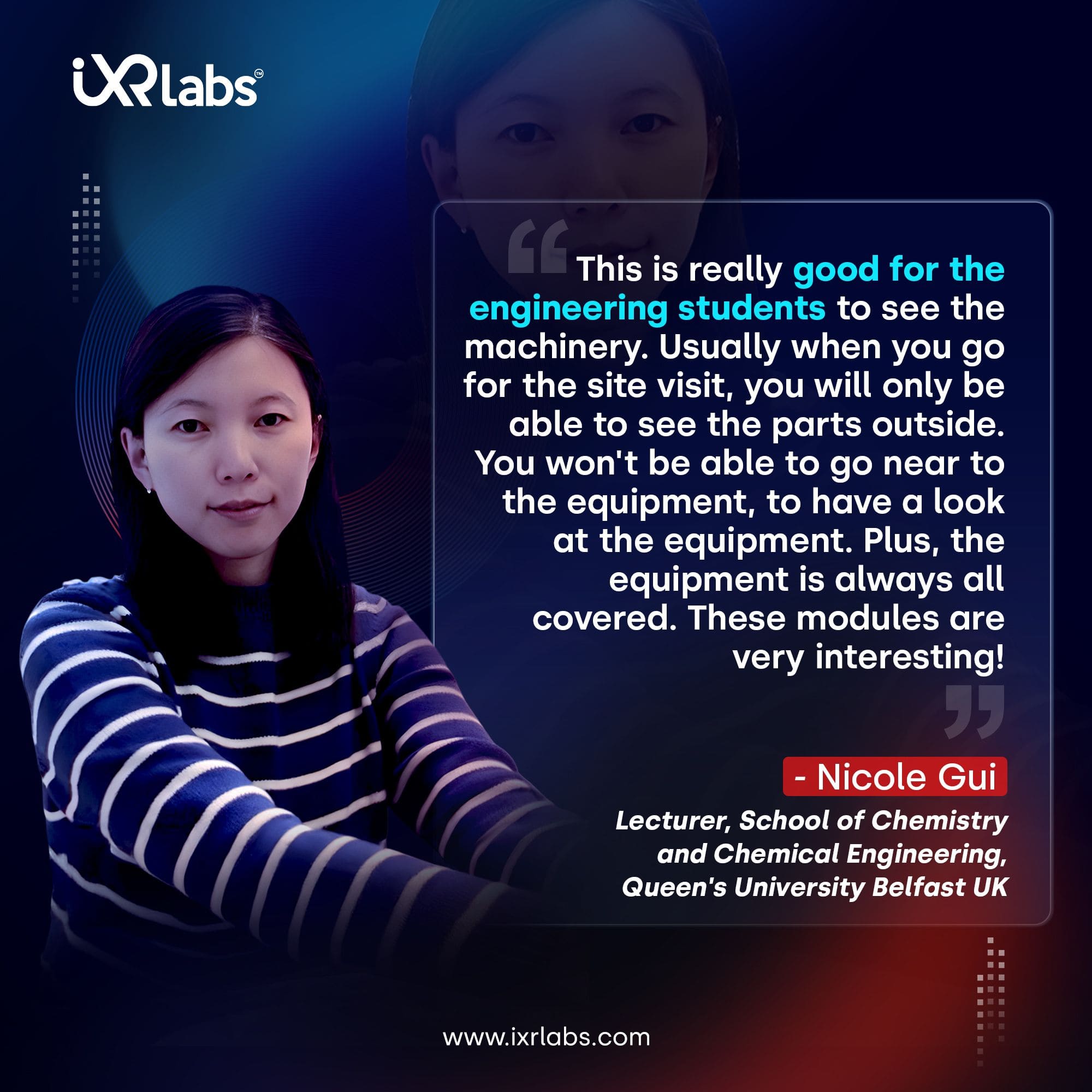

A solar energy tour is an immersive experience that allows participants to explore the functioning of photovoltaic power plants. Unlike traditional on-site visits, these tours often incorporate virtual reality technology. The VR tours also offer a detailed glimpse into how solar power plants operate.
From the solar panels capturing sunlight to the inverters converting it into usable electricity, participants gain firsthand insights into the mechanics of solar energy systems.
Why Virtual Reality is Transforming Renewable Energy Education
The integration of VR into renewable energy education is more than just a trend; it’s a necessity. Here’s why:
✔️ Accessibility: Traveling to a solar power plant can be logistically challenging for universities and engineering students. VR removes these barriers by bringing the solar power plant to them.
✔️ Safety: Real-world tours can pose safety risks due to the presence of high-voltage equipment. A solar power plant VR tour eliminates these concerns.
✔️ Cost-Effective: Virtual tours minimize expenses related to travel, accommodation, and site access fees.
Imagine putting on a VR headset and instantly finding yourself middle rows of glistening solar panels, with interactive features that explain their working principles. This experience is not just engaging but also deeply educational.
The Anatomy of a Solar Power Plant
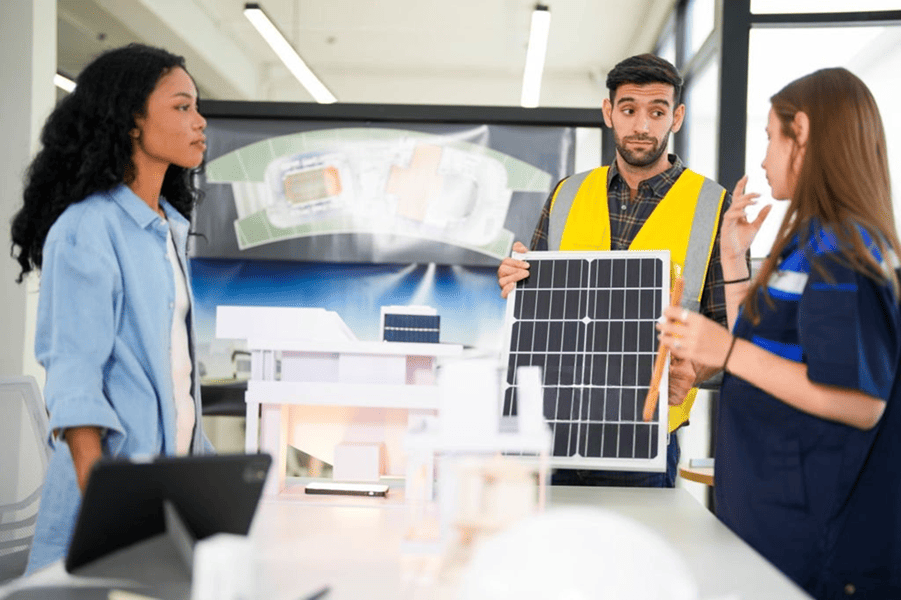
Before diving into the virtual experience, let’s understand the basic components of a solar power plant:
✔️ Solar Panels: The backbone of the plant, these panels capture sunlight and convert it into direct current (DC) electricity.
✔️ Inverters: These devices transform DC electricity into alternating current (AC), which powers homes and businesses.
✔️ Transformers: They step up the voltage for long-distance transmission.
✔️ Control Systems: Advanced software monitors and optimizes the plant’s performance.
How a Solar Power Plant VR Tour Works
A solar power plant VR tour uses cutting-edge technology to simulate a real-world solar power plant. Participants wear VR headsets, which transport them into a 3D-rendered environment replicating the plant’s infrastructure. Here’s what makes it unique:
✔️ Interactive Modules: Learn about photovoltaic cells, inverters, and grid connections in an interactive format.
✔️ Custom Scenarios: Simulate different weather conditions to see how solar plants adapt.
✔️ Live Demonstrations: Watch animated sequences explaining the conversion of sunlight into electrical energy.
For engineering students, this offers a close-up view of processes that would otherwise require expensive and time-consuming field visits.
Benefits of a Solar Energy Tour

1. Bridging Theory and Practice
Classroom lessons often feel abstract without real-world application. A solar energy tour bridges this gap by visualizing complex concepts like energy conversion, grid integration, and power optimization.
2. Inspiring Careers in Renewable Energy
The renewable energy sector is booming, with countless opportunities for electrical and mechanical engineers. Experiencing a solar plant in action can inspire students to explore the benefits of electrical engineering careers focused on sustainable solutions.
3. Environmental Awareness
Virtual tours emphasize the importance of renewable energy in combating climate change, fostering a sense of responsibility among future engineers and policymakers.
Solar Energy Tours in Higher Education
Universities and colleges across the United States are increasingly incorporating virtual field trips into their curriculum. These tours align perfectly with courses on renewable energy systems, electrical engineering, and sustainability studies.
 Get the App from Meta Store: Download Now
Get the App from Meta Store: Download Now
✔️ Engineering Colleges: Use VR tours to supplement lab experiments and fieldwork.
✔️ Environmental Science Programs: Highlight the role of solar energy in reducing carbon footprints.
✔️ Teacher Training Workshops: Equip educators with tools to simplify complex topics for their students.
Challenges in Implementing the VR Solar Energy Tour
Despite their numerous benefits, VR tours come with challenges:
✔️ High Initial Investment: Setting up VR labs requires substantial funding.
✔️ Technical Expertise: Faculty members must be trained to operate VR equipment and design educational modules.
✔️ Limited Customization: Pre-built VR experiences may not fully align with specific academic goals.
How to Get Started!
1. Partner with VR Developers
Collaborate with companies specializing in educational VR solutions. Many providers offer customizable solutions tailored to academic institutions.
2. Curriculum Integration
Align the VR tour with course objectives to ensure it complements classroom learning. For instance, a course on power electronics could include modules explaining inverter design.
3. Hands-On Workshops
Use the VR experience as a beginning to practical workshops, where students build mini solar systems.
The Future of Solar Energy Education
The demand for renewable energy professionals is skyrocketing, and solar energy tours are playing a pivotal role in preparing the workforce. VR technology is evolving, promising even more immersive and interactive experiences. Future enhancements could include:
✔️ Augmented Reality (AR) Integration: Combine VR with AR for real-time simulations.
✔️ Global Collaboration: Connect students from different countries in a shared virtual solar plant environment.
✔️ AI-Powered Analytics: Use AI to analyze student performance and tailor the experience accordingly.
Wrapping Up
A solar energy tour is more than just a learning opportunity - it’s a glimpse into the future of sustainable energy. By using VR technology, institutions can transform how students engage with renewable energy concepts.
Whether you’re an academician, an engineering student, or a sustainability enthusiast, these tours offer a unique, insightful journey into the world of solar power.
.png)
